This edition published in the Taylor & Francis e-Library, 2005.
All rights reserved. No part of this book may be reprinted
or reproduced or utilized in any form or by any electronic,
mechanical, or other means, now known or hereafter
invented, including photocopying and recording, or in any
information storage or retrieval system, without permission
in writing from the publishers.
ACKNOWLEDGEMENTS
This book could not have been written without the help of far more people than it would ever be possible to mention here. Still, I must try and give credit to those debts which appear most outstanding. Three mentors in particular have helped form my thoughts about this project and guide my intellectual progress for a number of years, Professors Wayne Rebhorn, Carl Rubino, and Barbara Gold. Without their patience, encouragement, and remonstrations, I would have never left the gate. Two other formative influences on my thoughts about literature, theory, and philosophy must also be acknowledged: Professor Leonard Schulze, who first introduced me to literary theory and whose lasting influence on my work is greater, I am sure, than either he or I is fully aware; and the late Professor E.D.Francis, who first impressed upon me the decisive importance of book structure in the interpretation of Hellenistic and Roman poetry.
Thanks need also to be given to Professors Douglass Parker, Ramn Saldvar, and Jean-Pierre Cauvin, who served valiantly on a dissertation committee unlike any other; to Professor David H.J. Larmour for reading parts of this book, discussing it with me, and, in his role as managing editor of Helios, for making available to me the page proofs of a forthcoming edition on Catullus; to Professor Susan Stein for reading and discussing with me; to Professor Charles Platter my friend and collaborator; to Professors Wendy McCredie, Kim Robertson, William Hutton, Elizabeth Vandiver, and to C.Gordon Vincent, Rino Pizzi, and all the members of the CP and BBQ for countless evenings of listening to me rave like a madman about this project; and to my parents for supporting all my educational endeavors.
Debts of gratitude are also owed to Texas Tech University for a Research Enhancement Grant which helped me complete this book; and to Johns Hopkins University Press (Baltimore, Maryland) for allowing me to reprint portions of my articles Horace, Mercury, and . They also kindly granted permission to reproduce portions of Frank Nisetichs translations of Pythian 11 and Olympian 5 from Pindars Victory Odes (1980). The translations of Sappho 1, 16, 31, and Alcaeus 308 and 338 are reprinted by permission of the publishers and the Loeb Classical Library, Greek Lyric (vol. 1), translated by D.A. Campbell, Cambridge, Mass.: Harvard University Press, the President and Fellows of Harvard College 1982. The translation of Archilochus 5 is reprinted by permission of the publishers, GreekLyrics, translated by Richmond Lattimore, Chicago, 111.: University of Chicago Press, 1949, 1955, and 1960. Havelock, Eric; TheLiterate Revolution in Greece and Its Cultural Consequences, Princeton University Press 1982, reprinted by permission of Princeton University Press. Every effort has been made to reach copyright holders for all materials used. The author would appreciate any further information which might be available.
My greatest debt is owed to my wife, Ann Poling. She has proofread various versions of this text countless times. She has put up with sleepless nights and nameless anxiety. She has listened to me drone on when she would have rather been doing almost anything else. I could never have done it without her.
All remaining faults are, of course, my own.
1
THE SUBJECT OF THE TEXT
Between the generality of the meaning of wordsand the uniqueness of the acoustic event which occurs when an utterance is proffered, there takes place a process that permits the linkage of the two, which we call enunciation. This process does not suppose the existence of two physical bodiesbut the presence of two (or more) social entities. The time and the space in which enunciation occurs also arent purely physical categories, but a historical time and social space.
(Todorov 1984:3940)
The poets audience, the readers of a novel, those in the concert hallthese are collective organizations of a special type, sociologically distinctive and exceptionally important. Without these distinctive forms of social intercourse there are no poems, no odes, no novels, no symphonies. Definite forms of social intercourse are constituent to the meaning of the works of art themselves.
(Bakhtin/Medvedev 1985:11)
The purpose of this work is to present a model for studying the history of lyric as a genre. My specific claim about the nature of lyric poetry is that what is now generally considered lyrica short poem of personal revelation, confession or complaint, which projects the image of an individual and highly self-reflexive subjective consciousness (see among others Schelling 1913:13; Lukcs 1973: 6364; Frye 1971:24950; Culler 1975:16470)is only possible in a culture of writing. Indeed it is the lyric collection which spawns the lyric consciousness as we know it. For only the collection, with its inherent potential for building up complex relational structures of reading and rereading, possesses the necessary flexibility in the temporal patterns of its reception to project the image of a self which is not merely a character in a presumed narrative, but rather the source of all possible narrative projections that would seek to account for a given set of texts. In this sense, the lyric collection would be the opposite of tragedy as Aristotle defines it, for in the lyric collection it is the projection of selfhood,  , which makes the action,
, which makes the action,  , possible, and not the other way around (Poetics 1450a 234). I shall also argue that this projection of a peculiarly interiorized and articulated consciousness, which defines the genre, is a historical phenomenon, that the precise nature of its structure will vary from period to period according to the ideological patterns on which it is based, and finally that there are certain periods when the projection of this consciousness is completely absent.
, possible, and not the other way around (Poetics 1450a 234). I shall also argue that this projection of a peculiarly interiorized and articulated consciousness, which defines the genre, is a historical phenomenon, that the precise nature of its structure will vary from period to period according to the ideological patterns on which it is based, and finally that there are certain periods when the projection of this consciousness is completely absent.

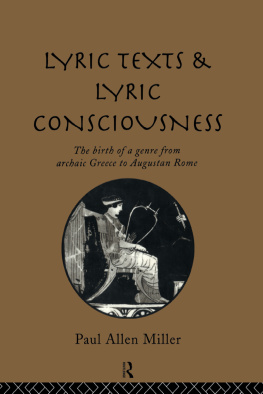
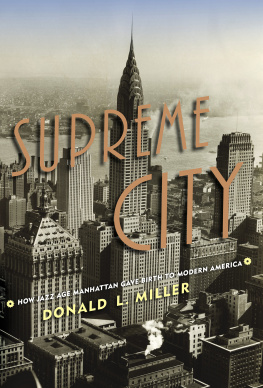
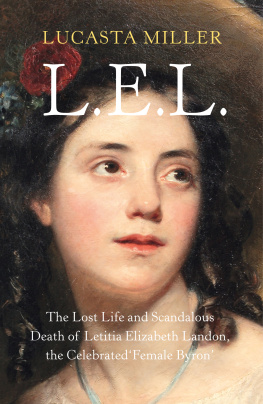
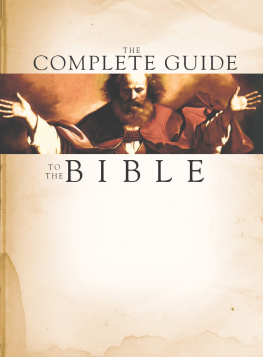

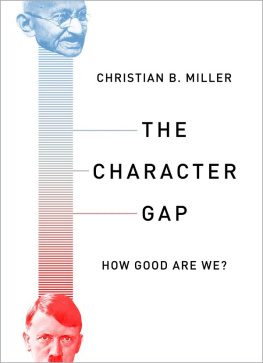

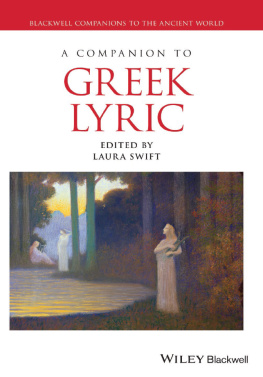
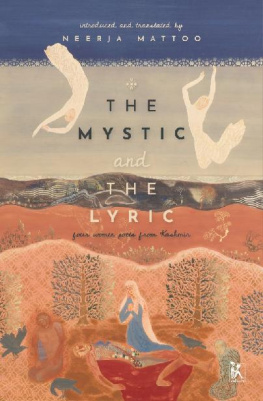
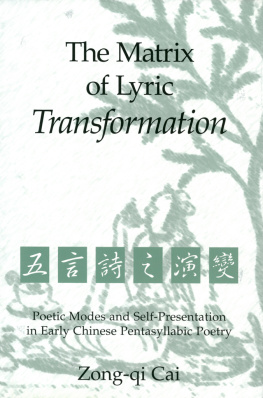
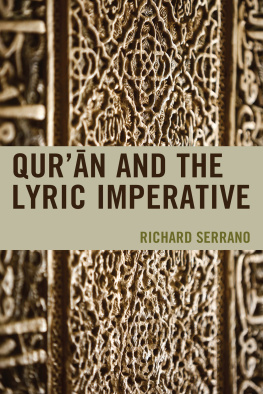

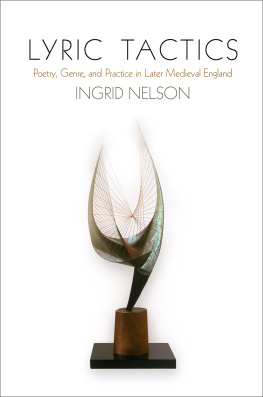
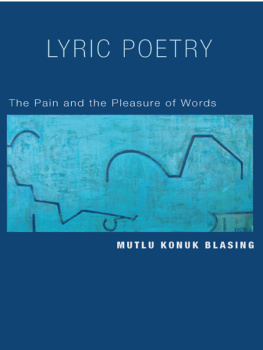
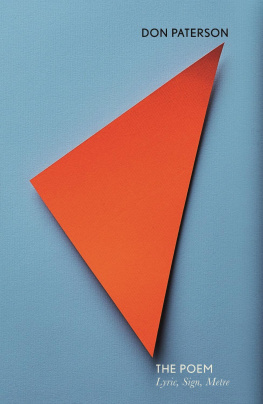
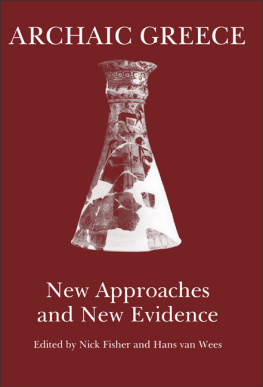



 , which makes the action,
, which makes the action,  , possible, and not the other way around (Poetics 1450a 234). I shall also argue that this projection of a peculiarly interiorized and articulated consciousness, which defines the genre, is a historical phenomenon, that the precise nature of its structure will vary from period to period according to the ideological patterns on which it is based, and finally that there are certain periods when the projection of this consciousness is completely absent.
, possible, and not the other way around (Poetics 1450a 234). I shall also argue that this projection of a peculiarly interiorized and articulated consciousness, which defines the genre, is a historical phenomenon, that the precise nature of its structure will vary from period to period according to the ideological patterns on which it is based, and finally that there are certain periods when the projection of this consciousness is completely absent.